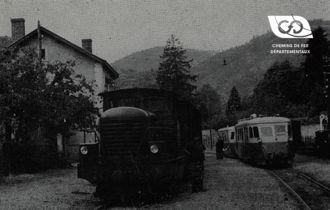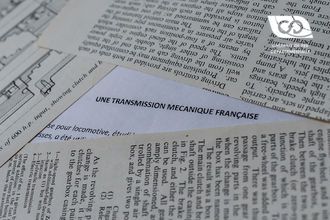The principle of Asynchronous Transmission
In the Asynchro transmission, in order to avoid synchronization devices, the gearbox is completely isolated and is stopped when changing combinations by means of :
- a) the freewheel at the output;
- b) a Coupler-Brake at the input.
The jawing manoeuvres are thus carried out on immobilized shafts and gears
It should be noted that the gearbox comes to a complete stop in less than a second, although the braking torque is only a small fraction of the engine's maximum torque.
As an example for a gearbox with 8 combinations, transmitting a power of 800 hp, it is sufficient to apply a brake torque equal to 1/12 of the engine torque to obtain the gearbox stopping in one second in the worst case. This is equivalent to braking a single automobile wheel.





